7 things to paint in your home that aren't the walls
A lick of paint on the walls is great, but for something more creative, transform rooms without touching the walls
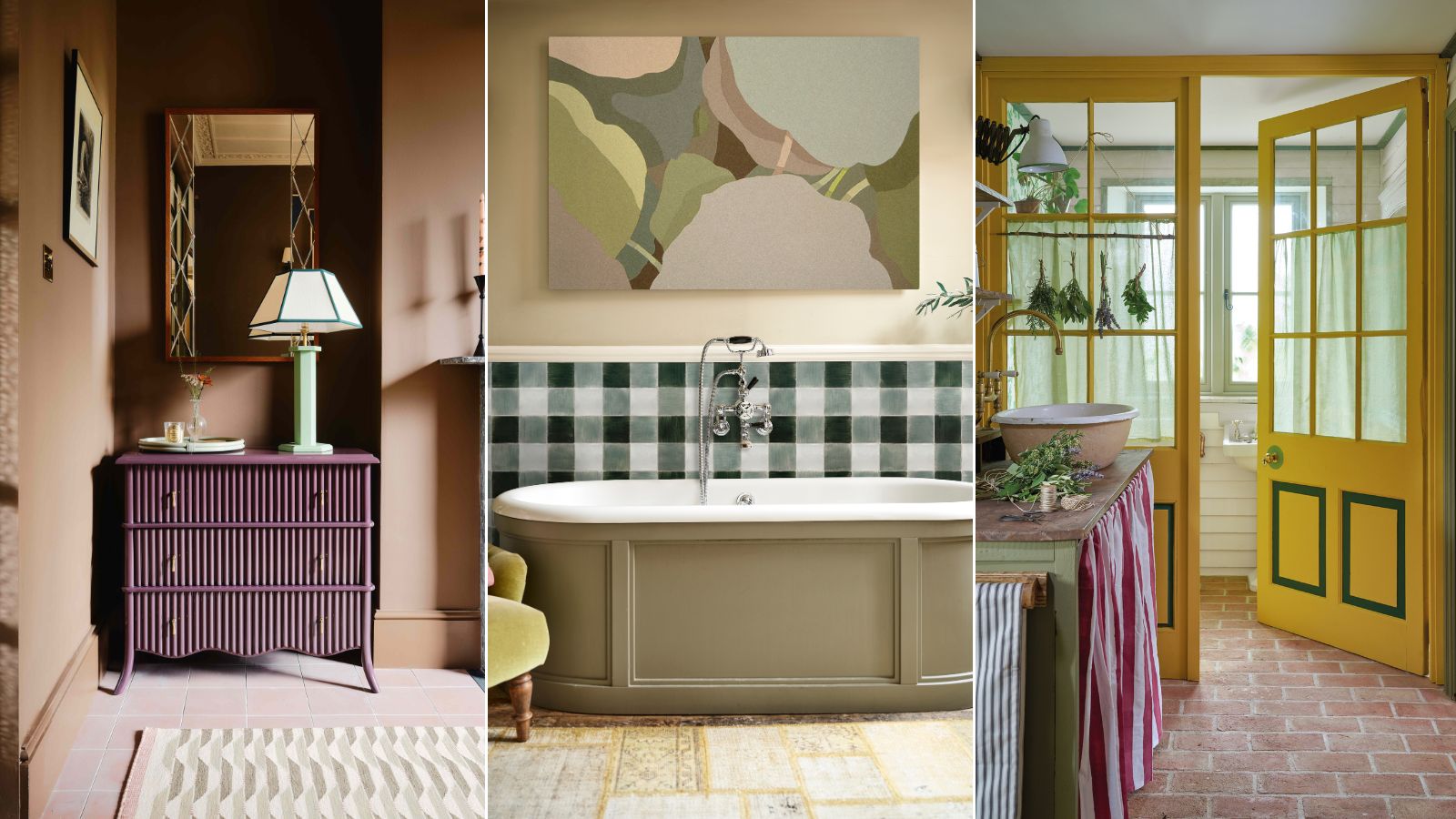

Paint is an essential tool in any interior designer's toolkit, and its transformative power is undeniable. With just a splash of color, you can dramatically change the feel of a space.
While walls have traditionally been the go-to for paint ideas, there is no limit to creative possibilities paint can offer in a home. Paint has endless creative possibilities to add real personality into the home and today, there’s a paint solution for every surface, whether plaster, wood, or acrylic.
As Kristina Khersonsky from Studio Keeta reminds us, ‘Paint can be a powerful tool when designing and reimagining a space. Think beyond the vertical planes and tune into interesting architectural details of the room’
We’ve explored our favorite ways to use paint that aren't just about the walls...
1. Paint a bath tub
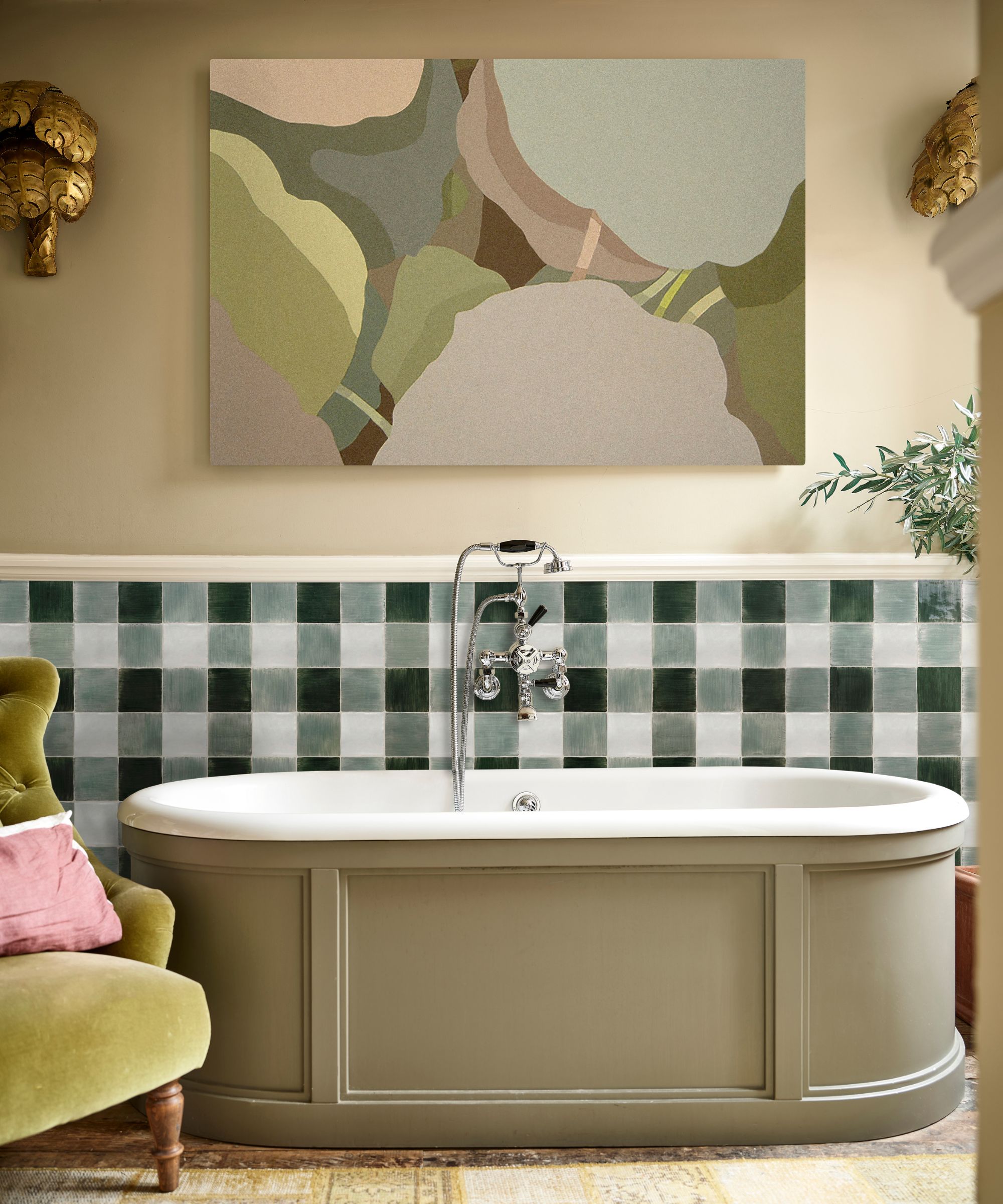
Bathtubs don’t have to stick to the typical white or off-the-shelf options. Many manufacturers offer freestanding tubs in custom colors, but you don’t have to rely on them. DIY enthusiasts, you too can easily paint your own tubs, so long as you have the right paint finish.
Whether you have a cast iron, acrylic, or enamel tub, painting offers a cost-effective way to refresh your bathroom without replacing fixtures. While painting cast iron requires a bit more effort, acrylic tubs are much simpler to tackle with the right supplies.
The market is flooded with every kind of paint finish imaginable, so you can experiment with a vast array of colors suitable to the surface you are working with (but always check with the manufacturer when choosing your paint!).
Design expertise in your inbox – from inspiring decorating ideas and beautiful celebrity homes to practical gardening advice and shopping round-ups.
A bright pop of color, that makes your tub the standout feature of your room is a great tactic that works wonderfully if your tub is freestanding and central to the entrance. Or, opting for a more muted tone that seamlessly integrates with the rest of the design, creating a harmonious overall look is great for built-in tubs that often come in sterile white.
2. Add colors to the floors
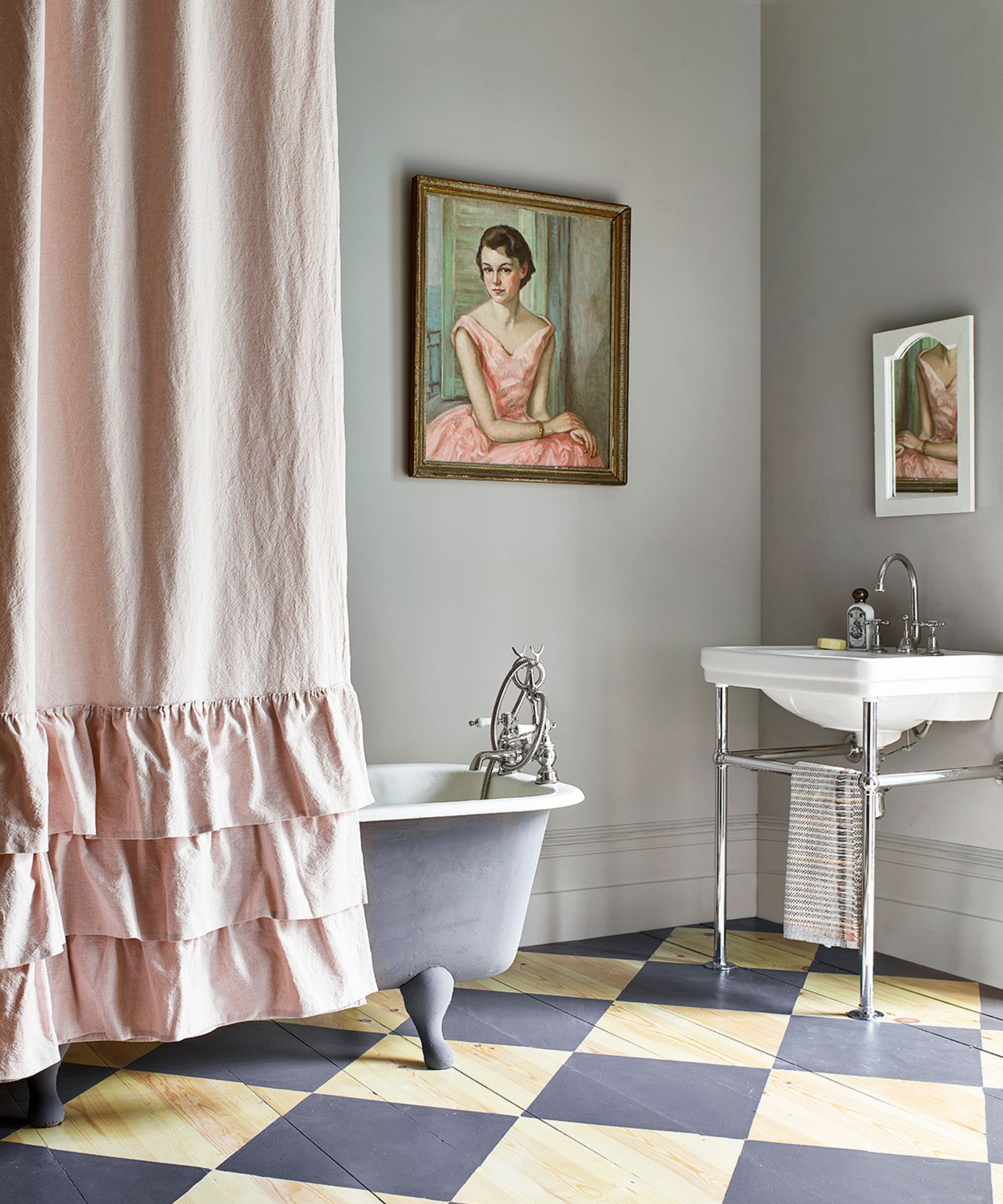
While often overlooked in favor of neutral carpets, patterned tiles or simple original woodwork, painting wooden floors is a bold and creative way to make a statement.
With the right paint, virtually any shade or design can be applied to wood, offering limitless possibilities for color and pattern, and paints designed just for this offer great durability for high-traffic areas.
Take inspiration from paint expert Annie Sloan, who modernized a classic Rococo bathroom with a painted floor design mimicking traditional chequerboard tiles, and as she explains, ‘ A checkerboard pattern is a timeless way to introduce color and pattern. It draws the eye down and again adds interest to your room without eating into space’
3. Upcycle furniture with paint
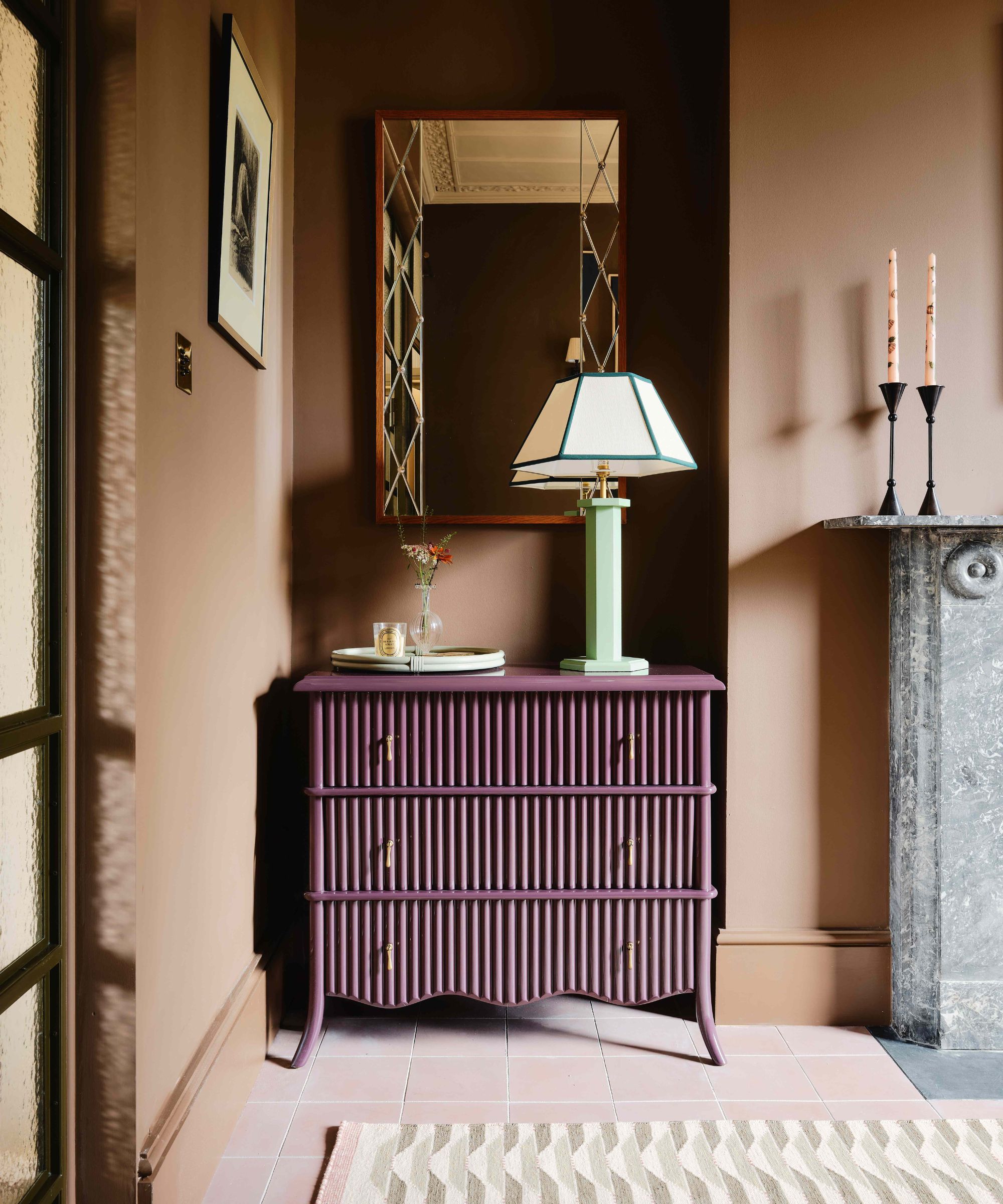
Painting furniture is a quick and rewarding weekend project that can completely transform a room. If you have solid wood pieces, especially secondhand ones, a fresh coat of paint can turn outdated furniture into a standout feature. Perfect for those treasures you find which are perfect in every way apart from the finish.
It's a cost-effective way to breathe new life into a piece that might otherwise be overlooked. When painting, consider the sheen of your paint. Lower sheens are ideal for vintage or worn furniture, as they help conceal imperfections, while higher sheens suit smoother, more modern pieces.
Don't feel limited to a single color, using two or more shades or even adding personal designs and patterns can make your furniture truly unique and it’s all down to your own personal taste. This is especially charming for children's furniture, where playful patterns or colors can be truly appreciated.
Chalk paint is a great place to start when dipping your toe into a a weekend up-cycle project, and as paint connoisseur Annie Sloan says, ‘Painting a large piece of furniture or cabinet takes only a matter of hours and since Chalk Paint doesn’t require any sanding before use it can be repainted SO quickly. Paint with the freedom of knowing you can easily redo it if it doesn’t work, and 99 times out of a 100 you’ll be in love with the end result.’
4. Go bolder with your ceiling
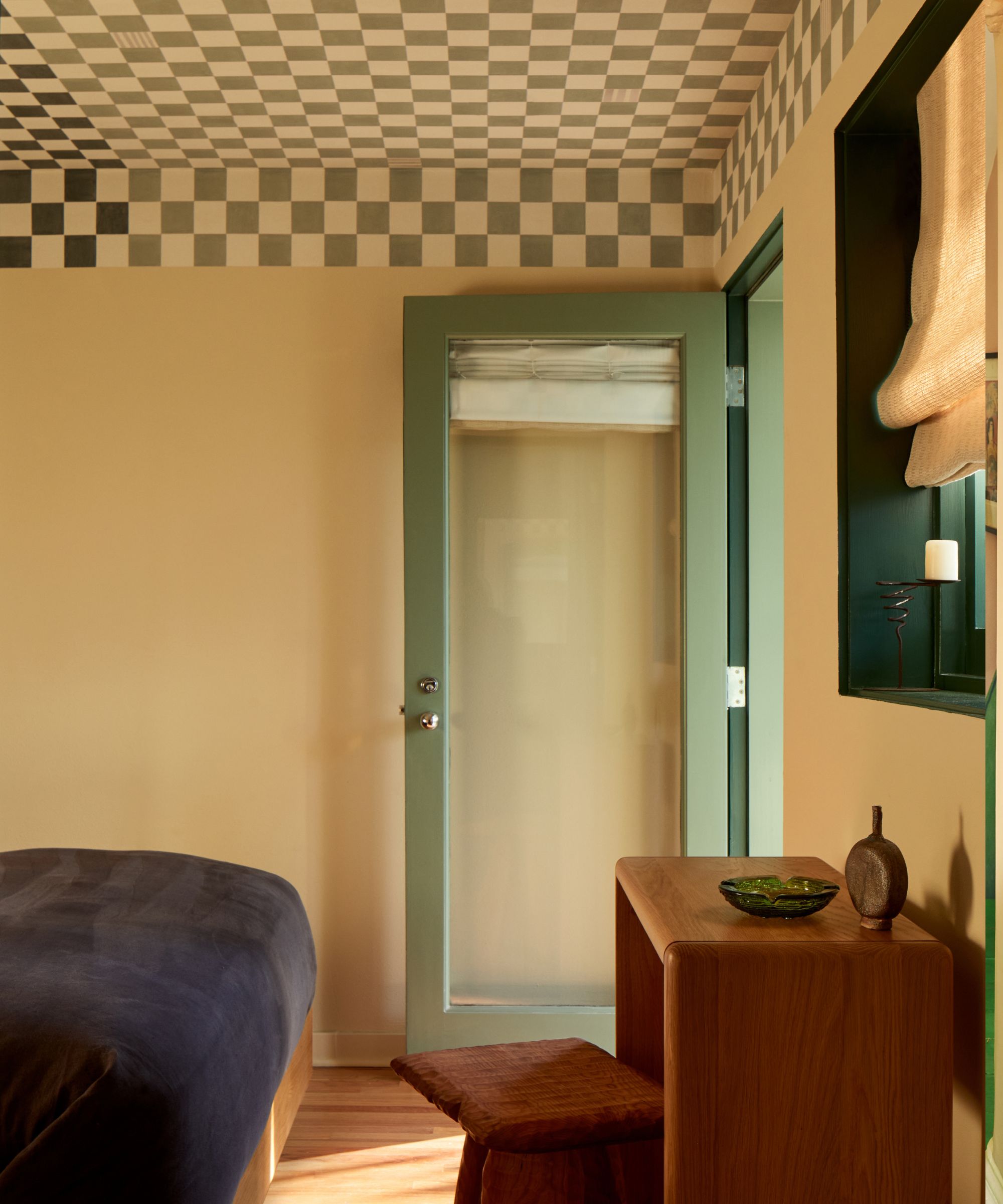
The ceiling, often called the 'fifth wall', is a creative space that really deserves attention and color drenching is a big trend right now
With period properties benefitting from beautiful architectural details from cornicing and ceiling roses to wooden beams, you can highlight these features and draw the eye upward. Annie Sloan says she never paints her ceilings white – ‘White has been the most popular color choice for ceilings for years. This tradition is because either the ceiling is just forgotten about or there is a belief that a white ceiling reflects light around the room. I never paint my ceilings white! They are either the same color as my walls to create a seamless transition or I pick a contrasting color to my walls to create drama and change the feel of a room.’
Darker tones help with making a space more intimate, while lighter hues can create the illusion of height making the room feel bigger, so as well as being a tool for unleashing creativity, it can also have some pretty practical benefits as well.
And for rooms with limited wall space, like kitchens, the ceiling becomes an ideal canvas for color and pattern. Even if your ceiling lacks architectural details, a fresh coat of paint in an intriguing shade or a stylish pattern can add significant character to a room, transforming it from plain and ordinary to a real artwork.
5. Add a pop of color to your workwood

If you're looking for a refresh that adds a pop of color without overwhelming your space, don't forget your doors, architraves, and window frames.
Interior woodwork is an often-overlooked detail, but it's perfect for injecting color into an otherwise plain space. allowing you to be more adventurous without the commitment of painting entire walls. Annie Sloan says 'Doors and windows are a great place to make a statement with color. We’re often forced to pause when we open a door or window so they are great places to engage our attention with a flash of bright color.'
Vibrant colors with intricate designs on the woodwork can really add some serious flair in an otherwise neutral room and they can serve as artworks in the space. Annie tells us, ‘Painting your doors is also a low risk, low commitment, high color payoff. You can give doors a flat coat of color, or paint motifs like geometric or curved patterns, around the doors and handles to make a real statement. Or highlight the panels of a paneled door with simple lines in a contrasting color – a small detail that makes a big impact. Or if you are worried about painting doors in color, just paint the edges for a pop of color every time you open it.'
For those who prefer a more subtle look and want to move away from wood effect, painting doors a slightly different color from the walls offers a tonal approach, gently breaking up the space without overwhelming it or making it too bold.
6. Make a fireplace more of a focal point
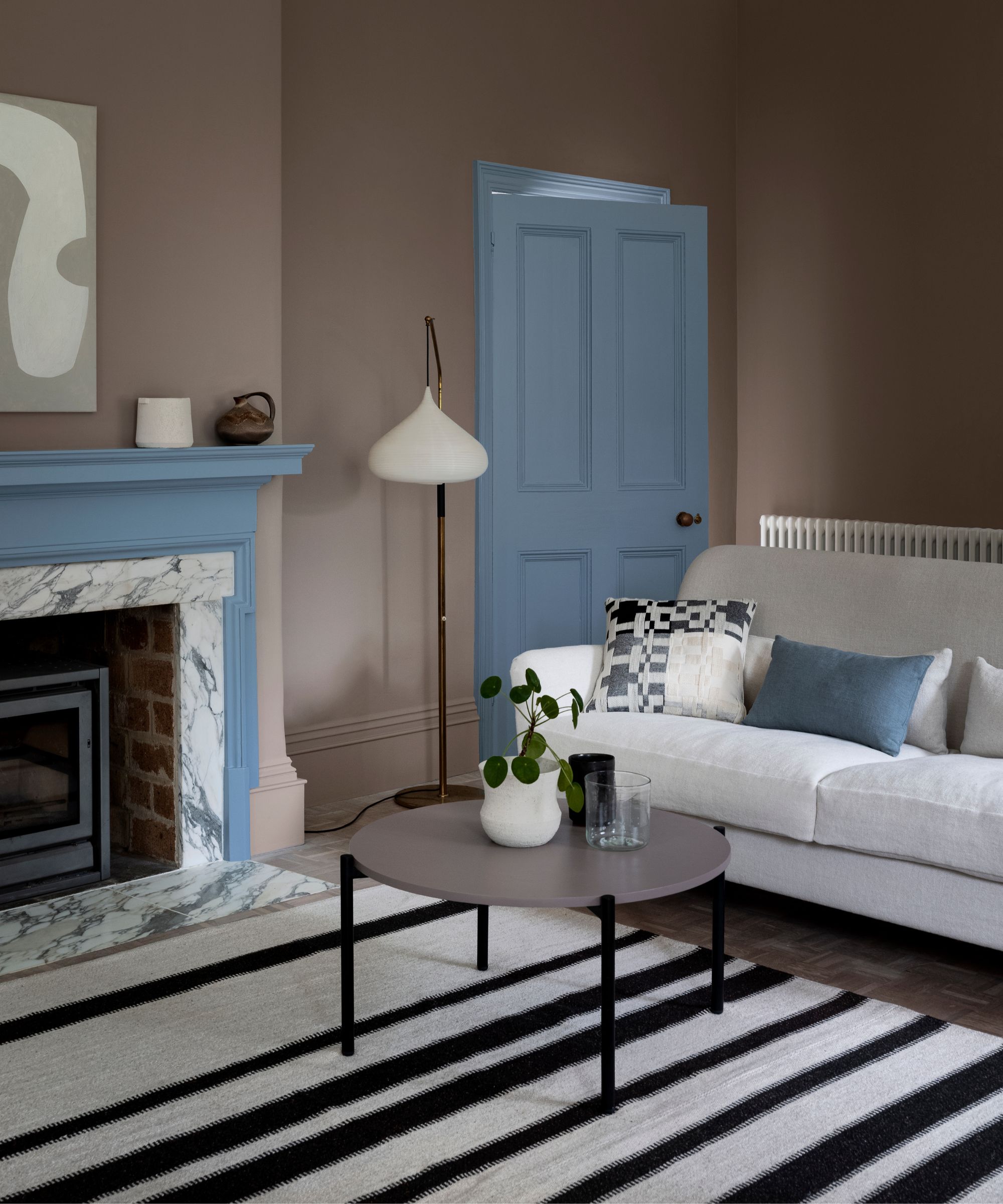
Fireplaces are natural focal points in any room that lucky enough to have one, and painting the surrounds can instantly transform a room.
Painting a fireplace can serve as a bold statement and become the focal point of an otherwise neutral room. Alternatively, it can complement other architectural details, such as architraves or skirting.
As Kristina Khersonsky from Studio Keeta aptly puts it, ‘By accentuating a rather normal feature of a home in an unexpected way, you can not only bring interest to the space but appreciation to elements that may be overlooked.'
For brick fireplaces, sanding the surface first helps paint adhere better. While tiles and marble are difficult to paint and are probably best left untouched, wooden surfaces are ideal. Areas exposed to direct heat, like the firebox, should be left untouched to protect your paint job.
So, if you’re lucky enough to have a fireplace, consider using paint to turn it into a striking design element, even when it's not in use.
7. Highlight the cornicing

In period properties, the intricate details like cornicing and ceiling roses, really are too beautiful to ignore. Often overlooked, these features can be brought to life with a creative splash of paint.
Whilst period properties have their own old-world charm, many of us desire to bring in a contemporary feel to our period homes and paint offers a great solution to modernizing a space without compromising the classic charm of these original details.
Highlighting these details with a contrasting color can create a striking effect. It's a simple way to breathe new life into a room while drawing attention to the craftsmanship that makes period homes so special.
For those with low ceilings, painting the cornice in the same color as the walls can visually elongate the space, making the room feel taller. Alternatively, using multiple complementary colors on the cornicing, walls, and woodwork can draw attention to the details with fresh eyes.
Paint is an incredibly transformative tool in interior design. And even a small application can make a big impact that doesn’t require specialized skills or a complex set of tools. So, don’t limit yourself to just the four walls, look around and discover the untapped potential in your home for refreshing updates that can breathe new life into any space!

Isabella is a freelance interiors journalist based in London. Her journey into the world of interiors began as a stylist assistant and researcher, working with some of the leading UK interiors stylists.
Over the past few years she has contributed to various prestigious titles, working on features, news, buying guides, trend pieces and more, bringing forth expertise and a unique perspective on the ever-evolving world of home decor and design.